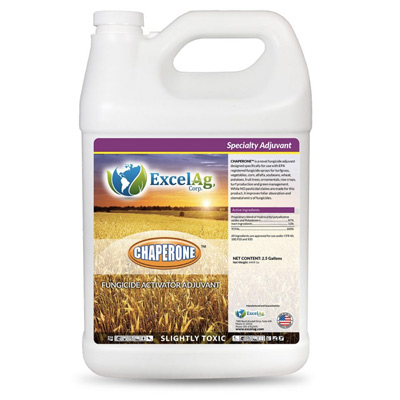
#Chaperone definition wiki free#
In other words, from the physicochemical point of view of a protein, the amino acids pack in such a way that the free energy of the molecule arrives at a minimum.Īmino acids have different side chains (R groups), which give them different properties. That is, like everything else in nature, proteins achieve the lowest energy state possible. He concluded that the native (natural) conformation of a protein occurs because this particular shape is thermodynamically the most stable in the intracellular environment (Anfinsen 1972). Later, after restoring the natural cellular conditions, Anfinsen observed that the enzyme's amino acid structure refolded spontaneously into its original form. What happens to a protein exposed to denaturing conditions? As the primary bonds that hold the protein's three-dimensional structure are disrupted, the protein unfolds. These extreme conditions were called "denaturing" and were created with substances like urea, which at high concentrations disrupts the noncovalent bonds of proteins and mercaptoethanol, which reduces disulfide bonds. To test his hypothesis, Anfinsen applied extreme chemical conditions to unfold an enzyme. While discovering that DNA is itself a long polymer made out of four different types of small molecules called nucleotides, scientists realized that genetic information is transferred from a language system of four letters (nucleotides) in DNA to a language system of twenty (amino acids) in proteins.

Many experiments had shown that DNA is the vehicle of genetic information, and that DNA contains the information to make proteins. How are proteins made in the cell? The answer to this question took decades of study and the birth of a new scientific discipline: molecular biology. Today researchers know that proteins are long polymers made out of a set of twenty small constituents called amino acids (Figure 1).

This idea contradicted the prevailing hypothesis, and it took some years for biochemists to accept it. In 1917 the German chemist Hermann Staudinger proposed that organic molecules such as proteins were organized in polymers, giant molecules made of small-molecule constituents linked together by chemical bonds in long chains. Note that because of processes such as the post-translational modifications to proteins we still need protein sequencing and I believe that we currently rely too heavily on DNA sequencing.Molecules. This is because it is now much easier to sequence DNA. Instead, since it has been worked out (mostly) how DNA codes for protein, we usually infer the protein sequence from the DNA sequence. However, it is now relatively rare to directly determine protein sequence! The very first protein sequence (bovine insulin) was determined by Fredrick Sanger in 1951-2 (note that this was more than a decade before the first nucleotide sequence). There are many different techniques for directly determining protein sequences - this wikipedia article is a decent introduction: There are also methods that have been developed to remove amino acids one at a time.īy combining theses techniques it is possible to directly determine protein sequences. This is a great question, but actually quite complicated so I'm not going to try to give a complete answer - I have given some useful links below if you wish to learn more.Įach amino acid has unique chemical properties that can be used to tell them apart.


 0 kommentar(er)
0 kommentar(er)
